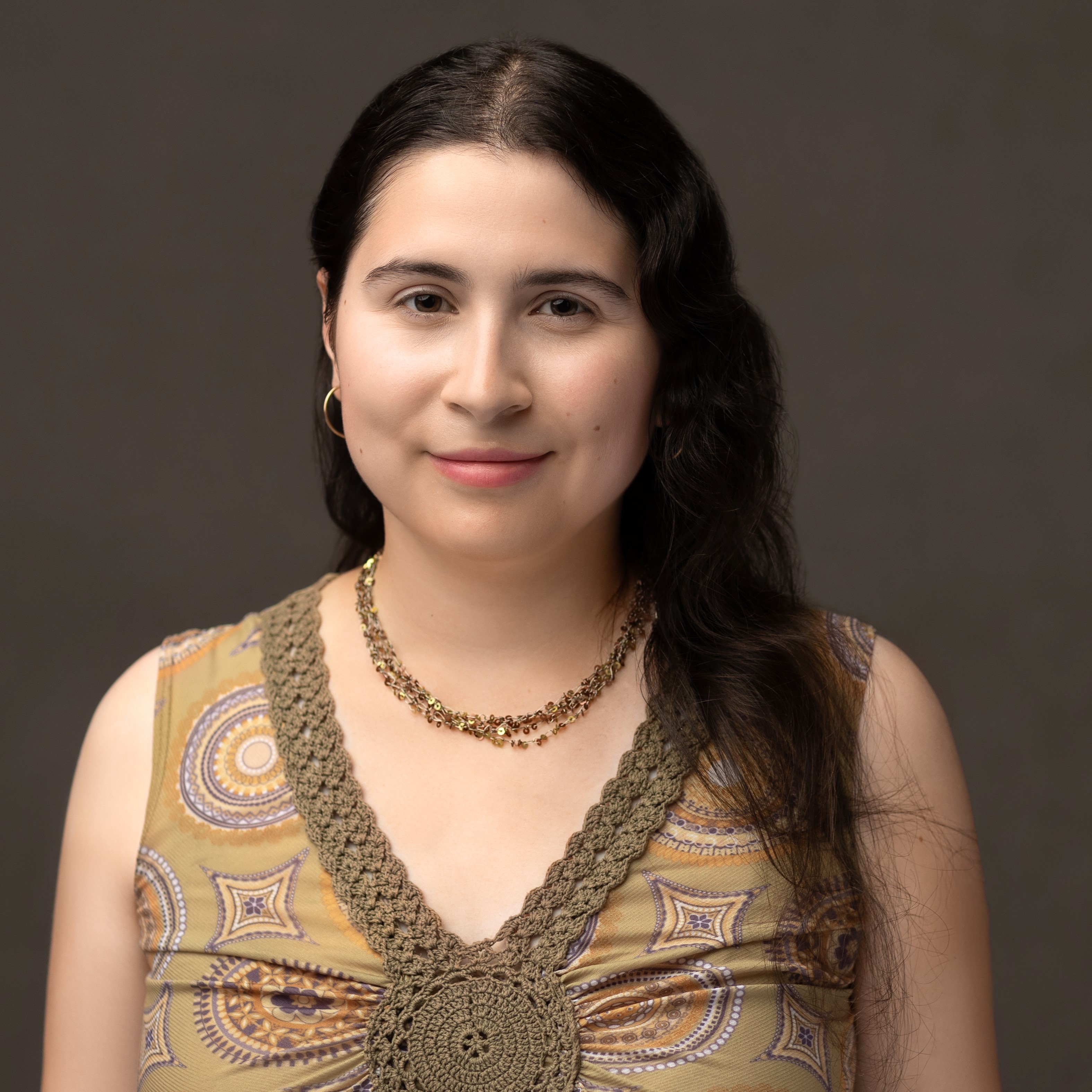Dr. Maria Amaya
POSTDOCTORAL NETWORK | Global Change Center
Maria-Amaya

Postdoctoral Researcher
Faculty Mentor: Dr. Landon Marston
Department of Civil & Environmental Engineering
mamaya17@vt.edu
ResearchGate • CV
Maria Amaya is a postdoctoral associate with the Marston Research Group in the Department of Civil and Environmental Engineering at Virginia Tech. Prior to this research position, Maria received her doctorate in Civil Engineering, with a focus on Environment and Water Resources, from Virginia Tech in May 2022. She also studied Environmental Engineering as an undergraduate student at The Ohio State University, completing her B.S. in May 2017.
Maria’s doctoral research studied the interactions between economic and watershed systems using a coupled modeling framework. Specifically, she designed strategic scenarios to provide insights into future development patterns that may occur in Fauquier County, Virginia, customize the different models, compile necessary data, and reach conclusions for policymaker actions. In this framework, the watershed system was represented using a deterministic, physically based model, Hydrological Simulation Program-Fortran (HSPF). The Rectangular Choice-of-Technology (RCOT) model, a constrained optimization input-output (IO) algorithm, was chosen to represent the economic system in the coupled framework because it captures both physical and monetary phenomena and allows for choices among operational technologies. Thus, changes in the availability of a resource or in government policy may change the choice selection among technologies available to different economic sectors. Her research objective was to bring a multidisciplinary perspective for addressing water management issues while also supporting economic progress to achieve sustainable development.
Maria’s research interests are broad in the field of water use and environmental responsibility towards sustainable development. Within this context, past research has stimulated her interest in promoting multidisciplinary collaborations for future research in analyzing alternative pathways to sustainable development and addressing strategic questions about the future. She is interested in examining how changes in economic activity influence watershed health and how changes in watershed health influence human decisions and technological innovation within the economic system to promote resiliency. As a member of the Marston Research Group, Maria continues to study the interactions between watershed and socio-economic systems.
List of Publications
Amaya, M., Duchin, F., Hester, E. T., & Little, J. C. (2022). Applying a coupled hydrologic-economic modeling framework: Evaluating alternative options for reducing impacts for downstream locations in response to upstream development. Sustainability, 14(11), 6630. doi:10.3390/su14116630
Amaya, M., Duchin, F., Hester, E. T., & Little, J. C. (2022). Applying a coupled hydrologic-economic modeling framework: Evaluating conjunctive use strategies for alleviating seasonal watershed impacts caused by agricultural intensification. Frontiers in Water, 4. doi:10.3389/frwa.2022.913501
Amaya, M., Baran, A., Lopez-Morales, C., & Little, J. C. (2021). A coupled hydrologic-economic modeling framework for scenario analysis. Frontiers in Water, 3. doi:10.3389/frwa.2021.681553
Butalia, T., Amaya, M., Amin, M., Cheng, C., Lu, M., Chen, Y., . . . Wolfe, W. (2018). Beneficial utilization of Chinese dry FGD materials for stabilization of weak soils. The Journal of Solid Waste Technology and Management, 44(3), 288-298. doi:10.5276/JSWTM.2018.288
Cheng, C., Amaya, M., Butalia, T., Baker, R., Walker, H., Massey-Norton, J., & Wolfe, W. (2016). Short-term influence of coal mine reclamation using coal combustion residues on groundwater quality. Science of the Total Environment, 571, 834-854. doi:10.1016/j.scitotenv.2016.07.061
Cheng, C., Amaya, M., Lin, S., Su, Q., Wu, M., Butalia, T., & Wolfe, W. (2017). Leaching characterization of dry flue gas desulfurization materials produced from different flue gas sources in China. Fuel, 204, 195-205. doi:10.1016/j.fuel.2017.05.016





